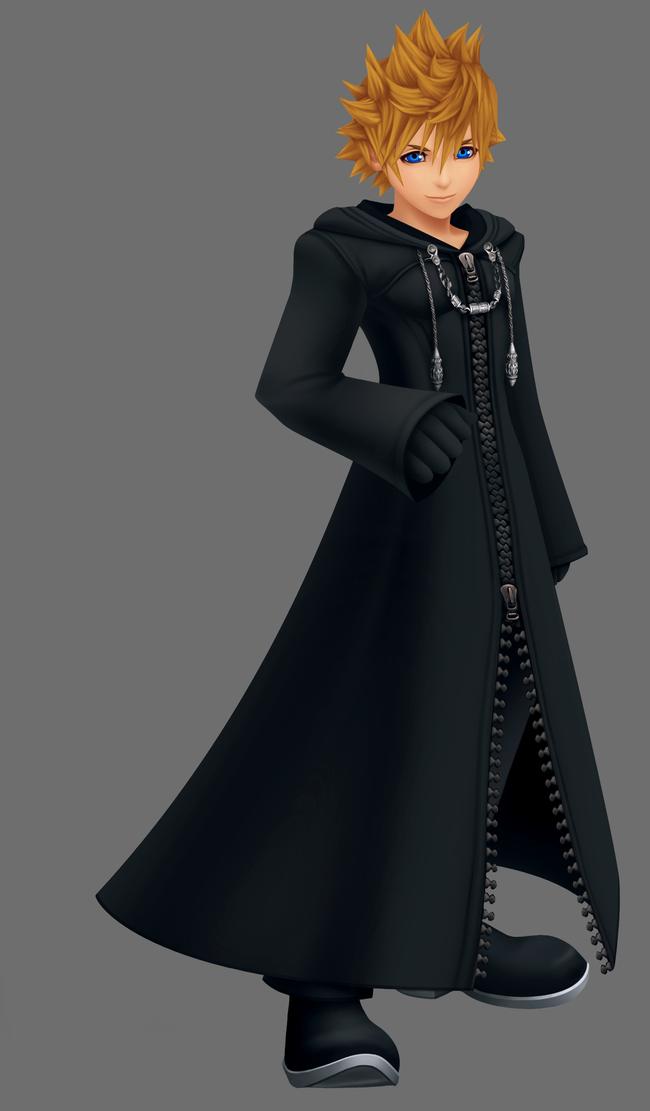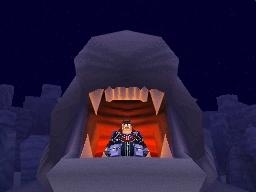
Tales of Vesperia Review
It is quite a surprise to find myself sitting down at the computer to write a review for RPGSite. Not that it has never happened before, but it is now more than three years since time constraints meant I effectively handed in my notice after publishing one single solitary review.
Today I have even less free time than back then, what with my own sites to work on and the world of flesh and blood occasionally knocking on my door, and so I was resigned to never being able to write for the site again - and yet here I am!
There are several reasons for the turnaround, but primarily it is thanks to the European release of this game, Tales of Vesperia. It was taking so long to arrive on our shores that the part of me that adores the Tales series had almost forgotten how much he wanted it, but when given the opportunity to review the game there was very little for me to think about.

Unfortunately the same cannot be said for the last week or so which has been spent trying to figure out why the game has left me with such mixed feelings. Everything that fans love about the series is there to be found - from recurring elements like the Wonder Chef to a world that is rich in history - yet at times it was a deeply frustrating experience, and this is primarily thanks to the story.
It strives to be complex but is instead merely confusing. The plot is meandering and disjointed, with no natural sense of escalation or progression. The characters seem to lose track of what is going on, as they occasionally repeat themselves, change their opinion of a situation for no apparent reason and once or twice leave out vital information when talking to people that would have avoided a battle.
At first you think that maybe the writers were trying to emulate real life, because reality is not separated into tidy little arcs and people are inherently inconsistent. That was certainly my first thought, but after a while it just feels like they forgot to resolve anything.
It can be argued you will learn more if you complete the numerous side quests in the game, which is true, but the best kind of side quests are those that are used to reveal more about the history of the world and the characters within it; they should not be relied upon to make the main plot coherent.

There is also an over reliance on Skits, which is a recurring feature of the series that reveals conversations between the characters about what they have experienced in the past, how they feel about the present, plus their hopes and fears of the future. You don’t have to watch them, but they certainly add an extra layer of depth to the characters.
However, they should never be used to set up plot points as there is no guarantee that you will watch the necessary Skit or even receive the option of doing so, yet at times they clearly are. More than once a cut scene referred to something that had seemingly never happened, when in reality it had been mentioned in a Skit that passed me by.
Looking back at this point, the review seems very negative, so let me be clear – this is a good game. It is just the main plot that is so frustrating, particularly when the most interesting aspects are either dropped entirely or resolved within two scenes.
The positives of the game are numerous. The visuals surpass the already high standard set by previous games in the series and the audio is equally impressive, with both the soundtrack and the voice acting hitting all the right notes throughout.
The battle system is basically the same as it has always been, with no random battles and the fights themselves taking place in real time, but there are several new features to be seen. For example, if there are other enemies nearby when a battle begins they will be included in the battle as an ‘Encounter Link’, while there are new enemies known as Giganto Monsters for those of you looking for a challenge.

There are many more positives that could be mentioned, including little things like your equipped weapons appearing in cut scenes – though such moments of detail are let down by oversights like the incredible number typing errors that really should have been corrected in the year between the US and EU releases of the game. The biggest strength, however, is the depth to the characters.
The personalities and relationships of the main cast – and indeed many of the minor characters - are genuinely complex and they become even more so when side quests and Skits are used as they should be, which is to expand their individual stories. My own favourite was Raven as he initially appears to be a very shallow person but instead has the most emotional back story.
The real raison d'être of the game though is the bond between the lead character Yuri and recurring character Flynn. They have been best friends since childhood and grew up with similar goals only to take very different paths to achieve those goals. They butt heads throughout the course of the game but you know that there is no single person that either cares more about.
I openly admit to being a massive fan of the Tales series so I would not blame anyone if they expecting this review to award ‘Tales of Vesperia’ a higher than average score, but it has actually gone the other way. Perhaps I was expecting too much. Either way, this is a good game despite the weak plot and should be played by anyone that considers themselves a fan of Japanese RPGs.